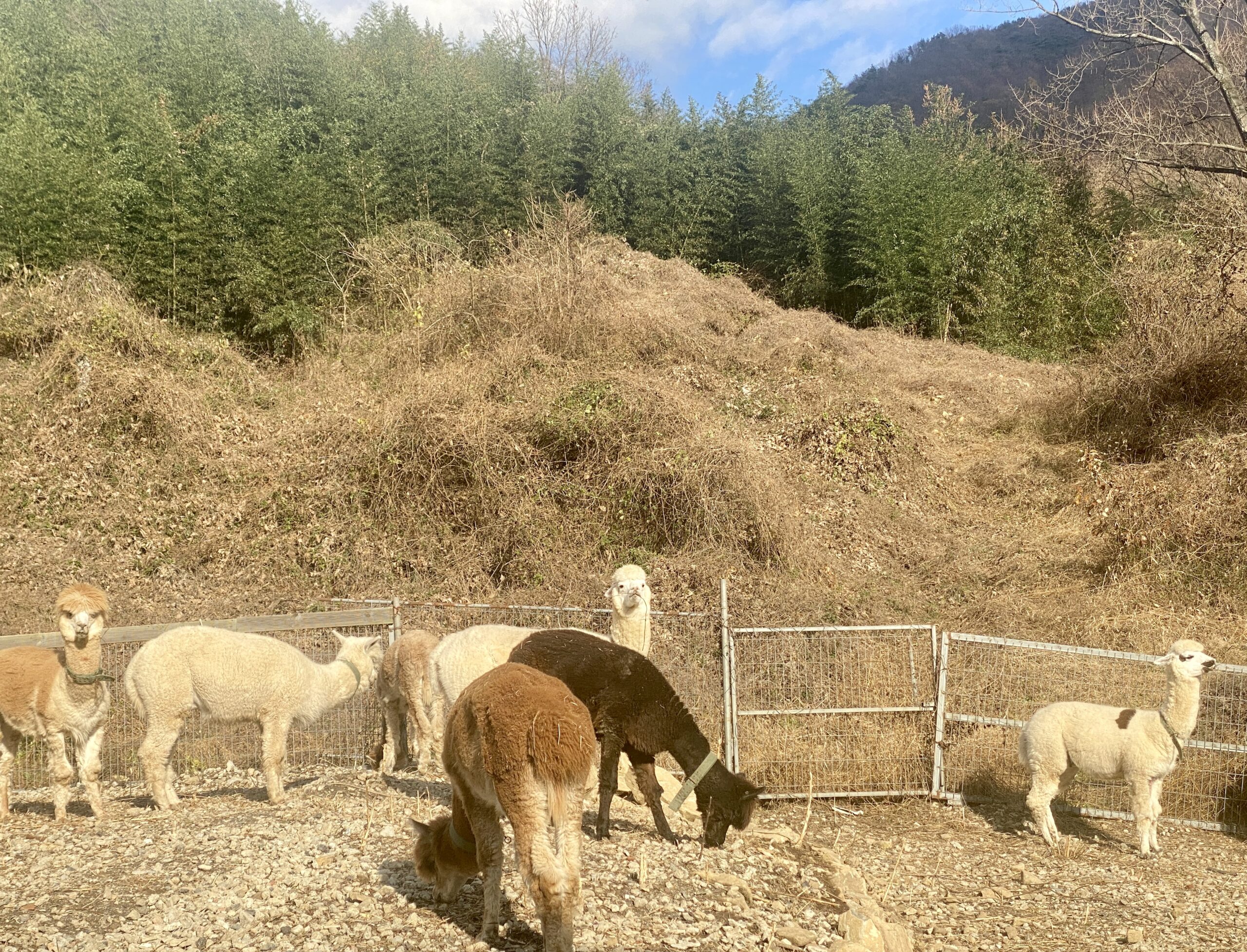The Bike Lanes Question
In Gwangju on Wednesday, October 12, 2011, at the Q&A session of the Transportation Plenary Meeting of the UEA, the Seoul Mayor’s Office spokesperson on transportation is asked about the development of bicycle paths beyond the river.
It is at the major biannual greener cities conference, officially titled the Urban Environmental Accords. His name is Mr. Ma Kook-jun. This is his reply.
Question:
“The dedicated bus lanes in Seoul are fantastic.
“When will we see dedicated cycle lanes developed in Seoul?”
Answer:
“And another thing is the — what was that? The bike lanes? Okay.
“The bike is not a main transportation mode in Seoul, okay? For instance, the length of commuting is about over, more than ten kilometers, but the bike is a kind of short distance transportation mode, or community — ahh… area, okay? That’s why we are only focused on the short distance now.
“And another thing is that [the bike] is not [for use] as a transportation mode, but it’s a leisure or athletics, sports; that’s a different way. It’s [for riding] along the river, the mountain, thing[s] like that.
“Koreans are interested in those things like that; that’s okay. But, however, as a kind of transportation mode, it has a different type of, different kind of things, okay?
“So we separate those two things. Thank you.”
What do you think? Do you cycle around Seoul or other Korean cities?
Mr. Ma defines “the length of commuting as about, over ten kilometers.” Without bike lanes, of course it’s dangerous to cycle even just one kilometer on the road. But with physically separated bike paths, it is extremely easy to cycle much more than ten kilometers each way, daily.
If they felt safer cycling because there were dedicated, physically separated bike paths around the city, would more people be encouraged to cycle, save gas, keep fit, and actually have fun getting around, thereby avoiding driving motor vehicles and not contributing to air pollution?
Do you think the urban transport system around Seoul, Gwangju, and other cities could be improved by including bike paths beyond those already beside the rivers?
By Julian Warmington




